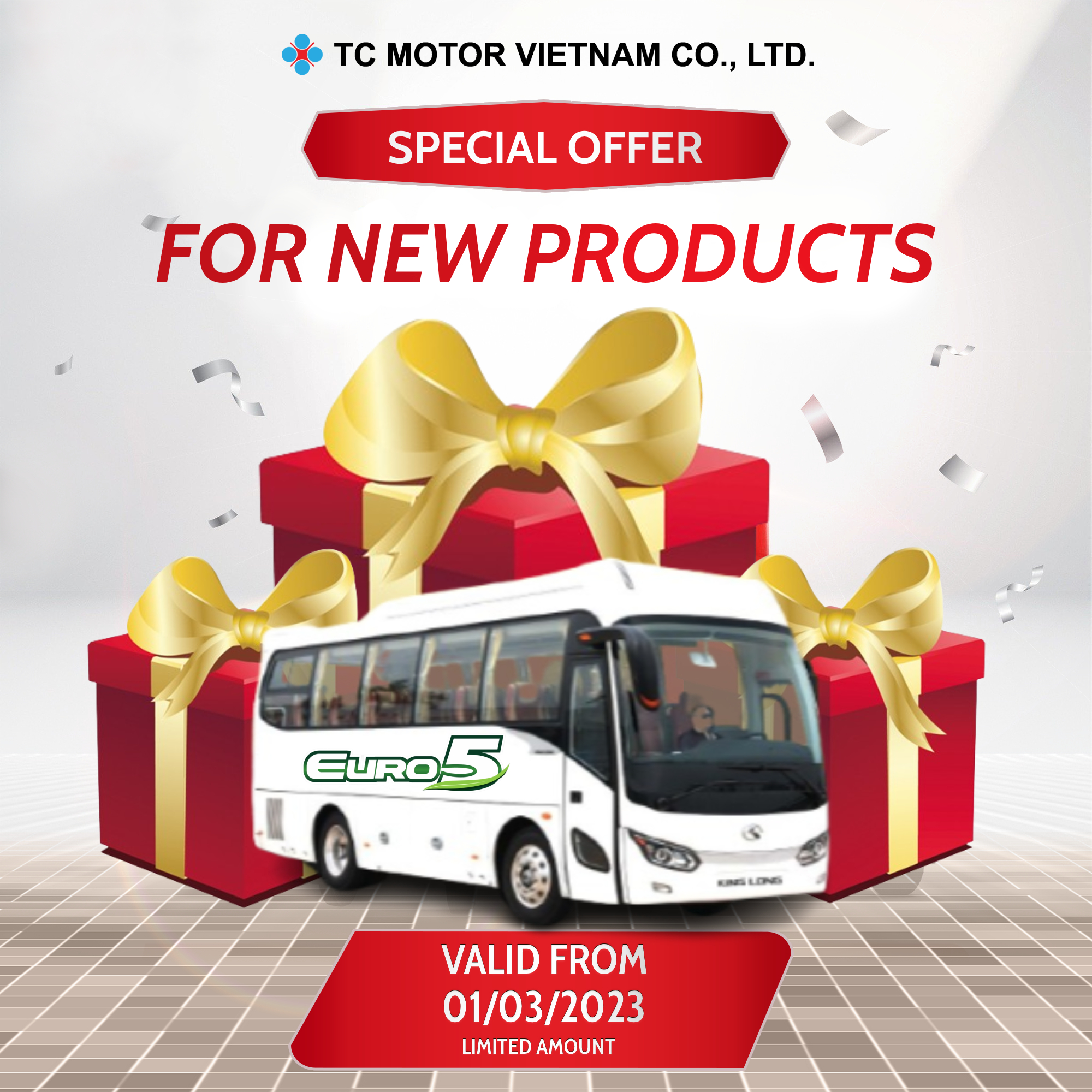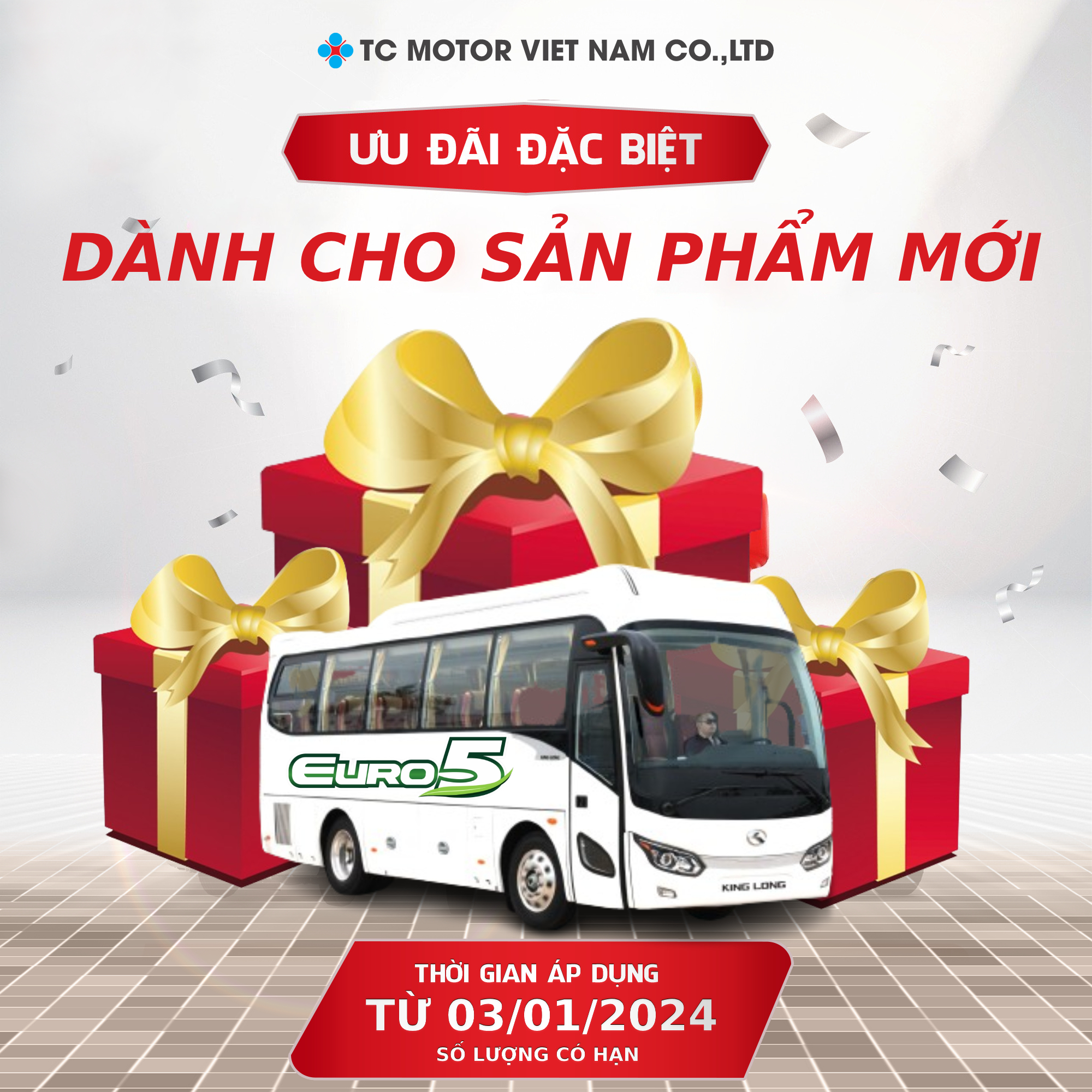Development strategy of the Vietnamese auto industry
Overview of Vietnam’s auto industry
At present, the Vietnamese auto industry has an active and broad participation of businesses from many economic sectors. Besides domestic companies, international corporations with 100% foreign capital such as TC Motor Vietnam (with product lines of Wuling trucks and King Long passenger coach) are also making a strong contribution to promoting development of this field.
In general, the total production and assembly capacity of cars in our country is currently about 460,000 cars / year, most of which are cars (about 200,000 units/ year), trucks and passenger cars (about 215,000 units/ year).
However, some industry indicators are still low. In 2010, the target of the expected average localization rate of the industry was set at 60%, but the fact showed that it was only below 10%. Up to now, this rate has only reached more than 20%. This figure is relatively low if we compare to countries in Southeast Asia, such as Thailand or Indonesia (40%).
In addition, although the supporting industry for the auto industry was formed, they just could produce a handful of simple parts with low technology content such as seats, mirrors, glasses, tires, batteries, … Besides, no many businesses have invested in production lines for tires.
The Vietnamese automobile industry has not yet created specialized cooperation and links between manufactures and assemblers, nor has formed a system of large-scale component productions and suppliers.
Development Strategy to 2025, Vision 2035

In that context, with an orientation towards 2025 and a vision to 2035, the auto industry will have special developments and become a crucial sector for the national economy, serving the industrialization – modernize, contribute to national socio-economic development.
Specifically, the Vietnamese auto industry will focus heavily on:
– Large-scale enterprise (capable of leading the market): This is a group of businesses that attract preferential policies. Projects to manufacture priority vehicles with a capacity of over 50,000 vehicles / year and projects to manufacture engine parts, gearboxes, and transmission clusters will get much of support.
– For passenger cars up to 9 seats: The vision to 2035 is to focus on developing car products which are suitable for Vietnamese people as well as the development trend of the world market (eco-friendly vehicles schools like eco car, hybrid…). The criteria include: private car, small size, low energy consumption, environmental friendliness, and reasonable price for Vietnamese users.
– For trucks and passenger coaches: Focusing on developing vehicles that have advantages in the domestic market, as well as supporting the production of other products including: products for agriculture and rural areas, special-use vehicles (small versatile trucks, short- and medium-range passenger coaches, concrete trucks, special defense and national security vehicles, functional agricultural vehicles).
– For supporting industries: The orientation towards 2025 is to strengthen cooperation between domestic enterprises and large foreign enterprises in the production of spare parts and components. In particular, it is necessary to focus on the production of important components with high technology content to serve the current domestic demand, making them capable of replacing imported goods. Furthermore, they are of sufficient quality to compete and export to foreign countries.
Specifically, the rate of domestically manufactured value of auto by 2025: cars with 9 seats or less will reach 40-45%, cars with 10 seats or more will reach 50% -60%, trucks reaching from 45% -55%, special-use vehicles reach 40-45%, by 2035, this figure increases to 55-60% corresponding to 9-seat cars, 75% -80% for cars with 10 seats or more, 70-75% for trucks, 60-70% for special vehicles.
For more updates on information related to passenger transport business, do not miss out Kinglong.vn.




 KING LONG 29 SEATS
KING LONG 29 SEATS KING LONG 34 SEATS
KING LONG 34 SEATS

